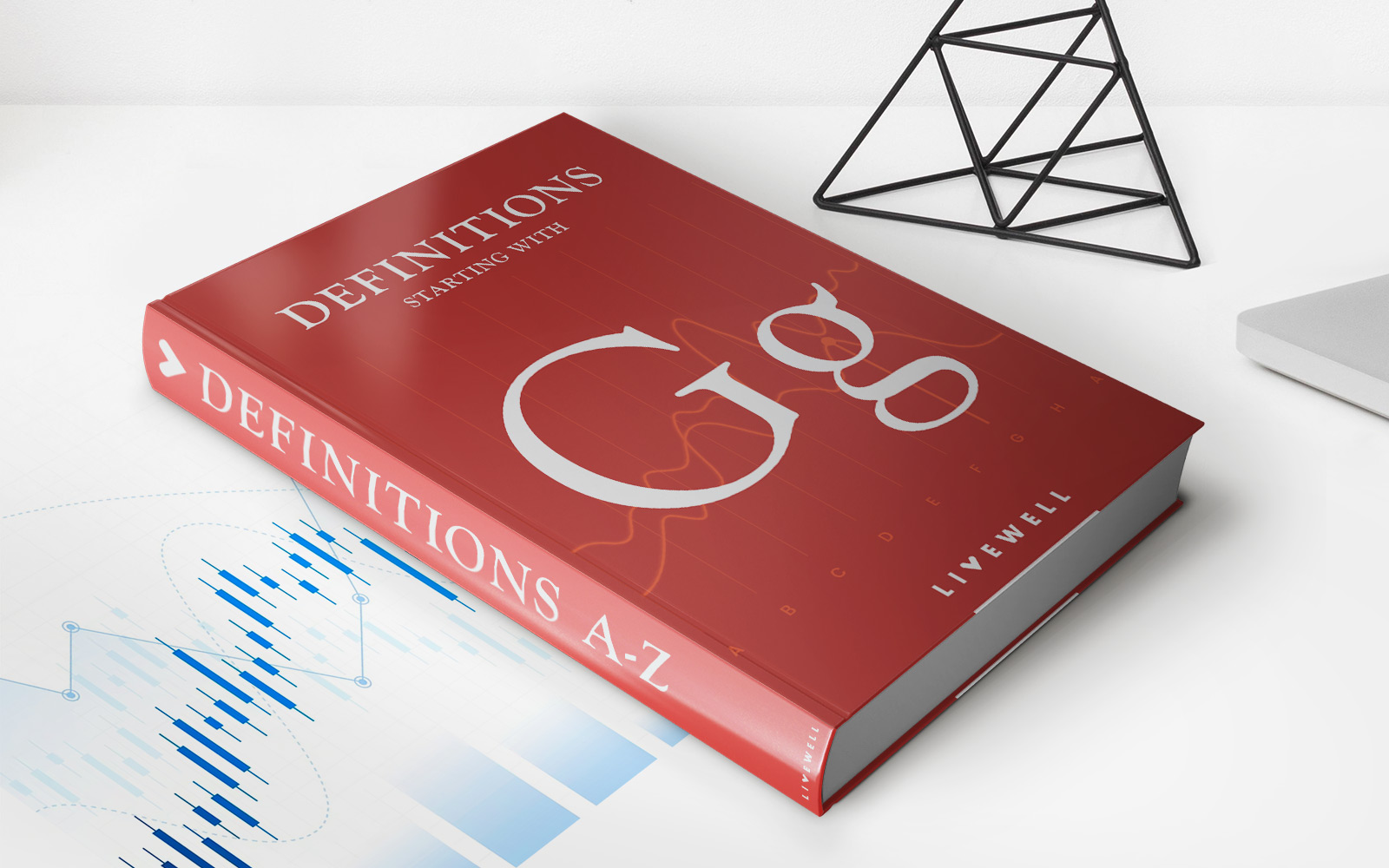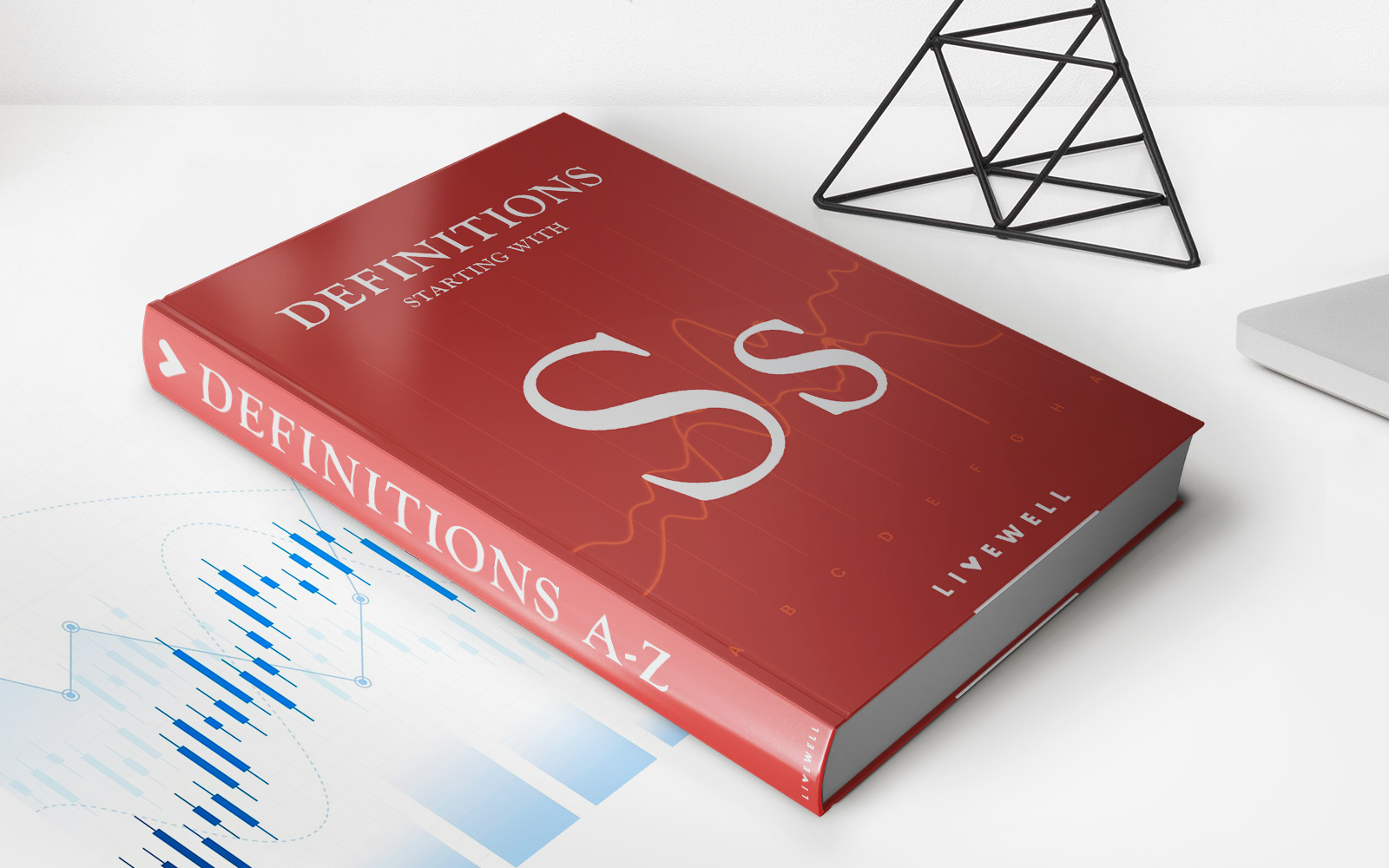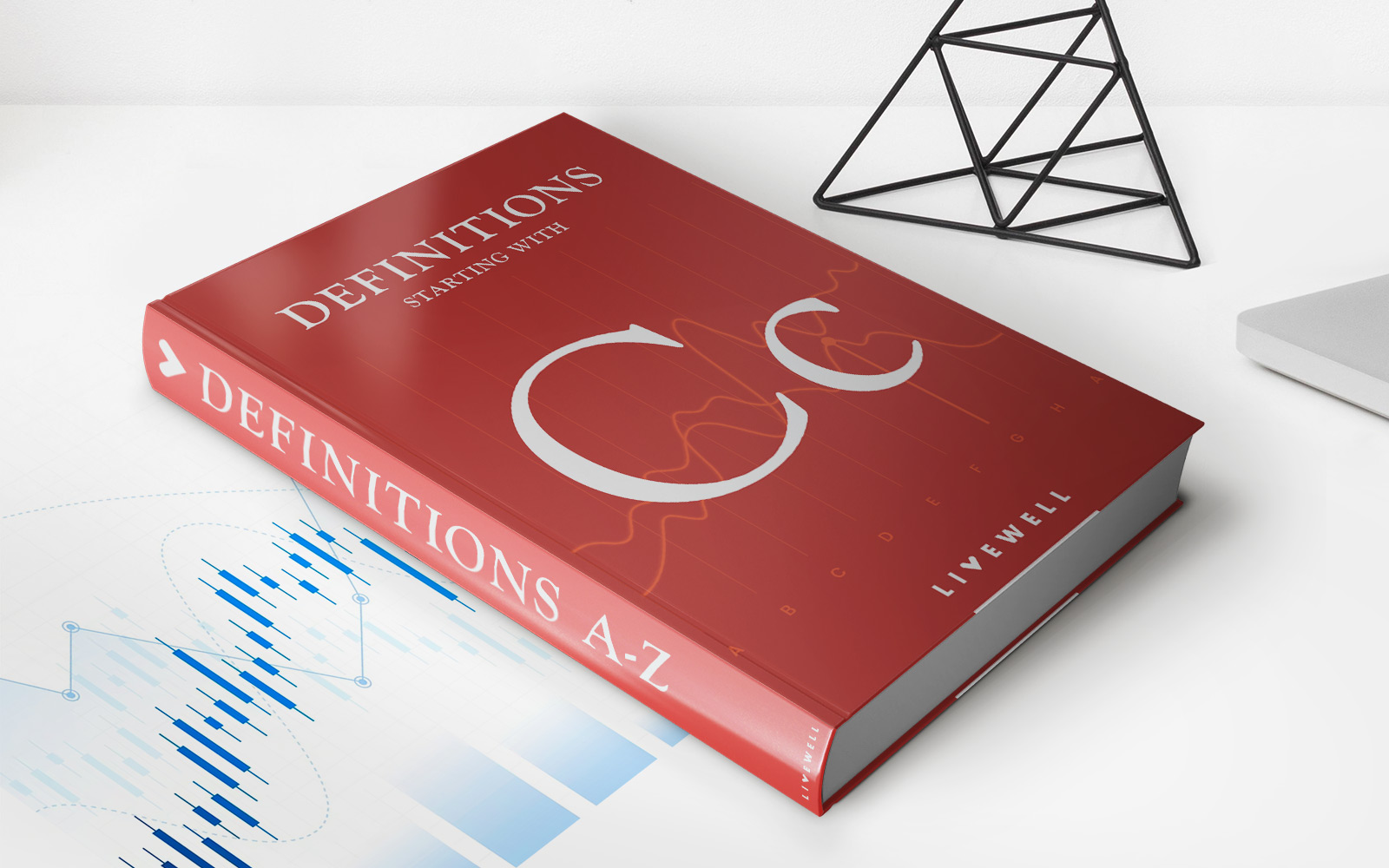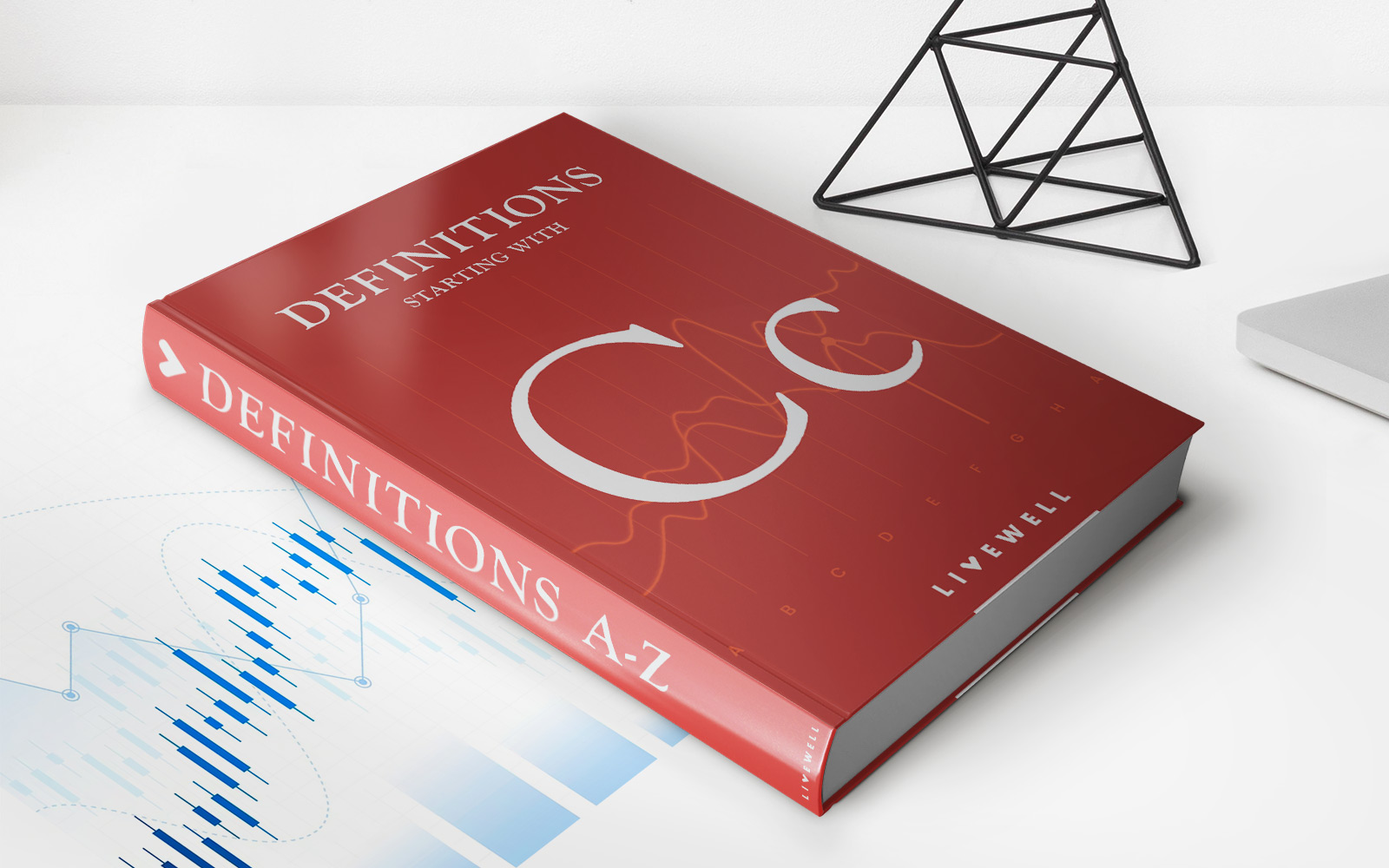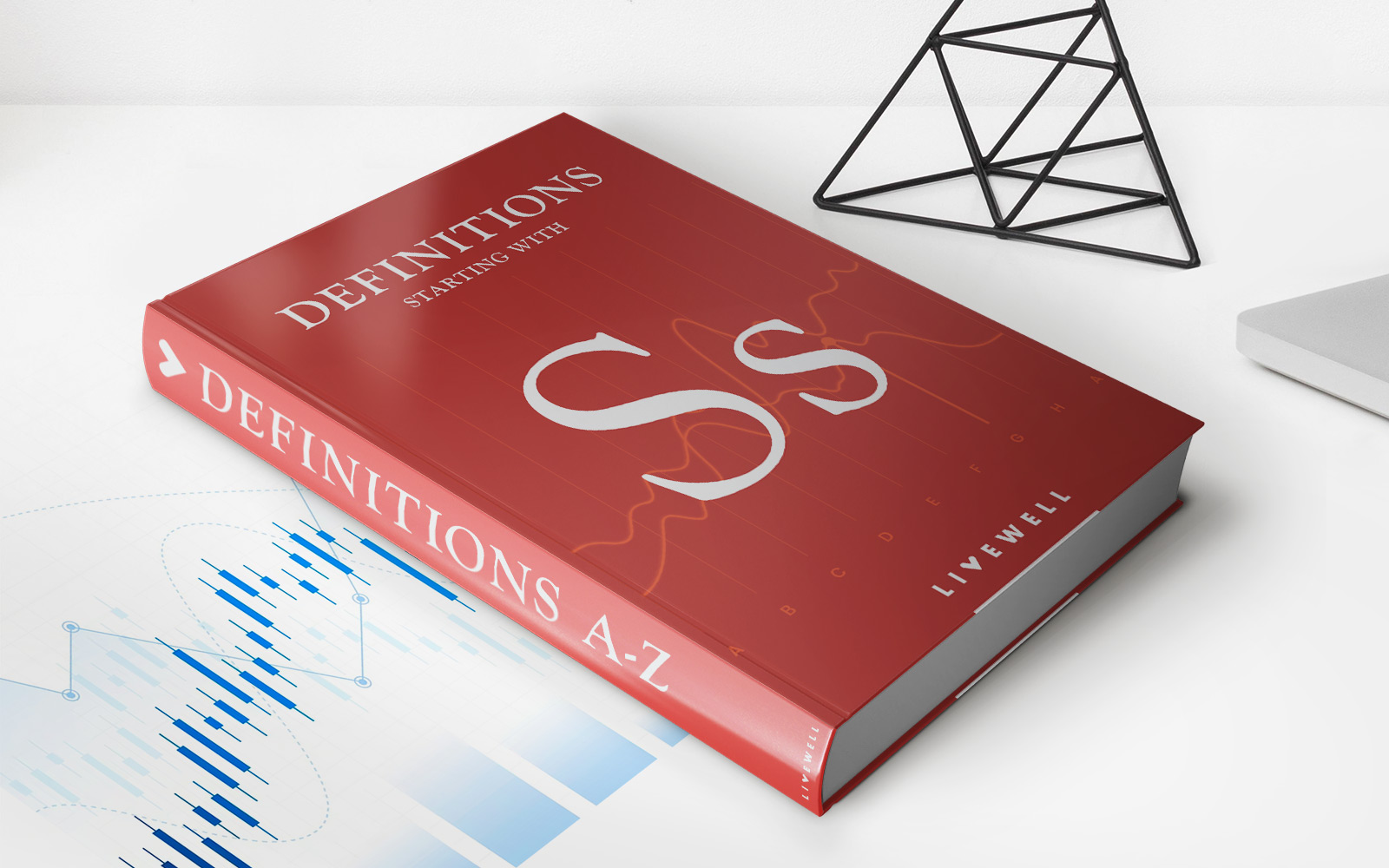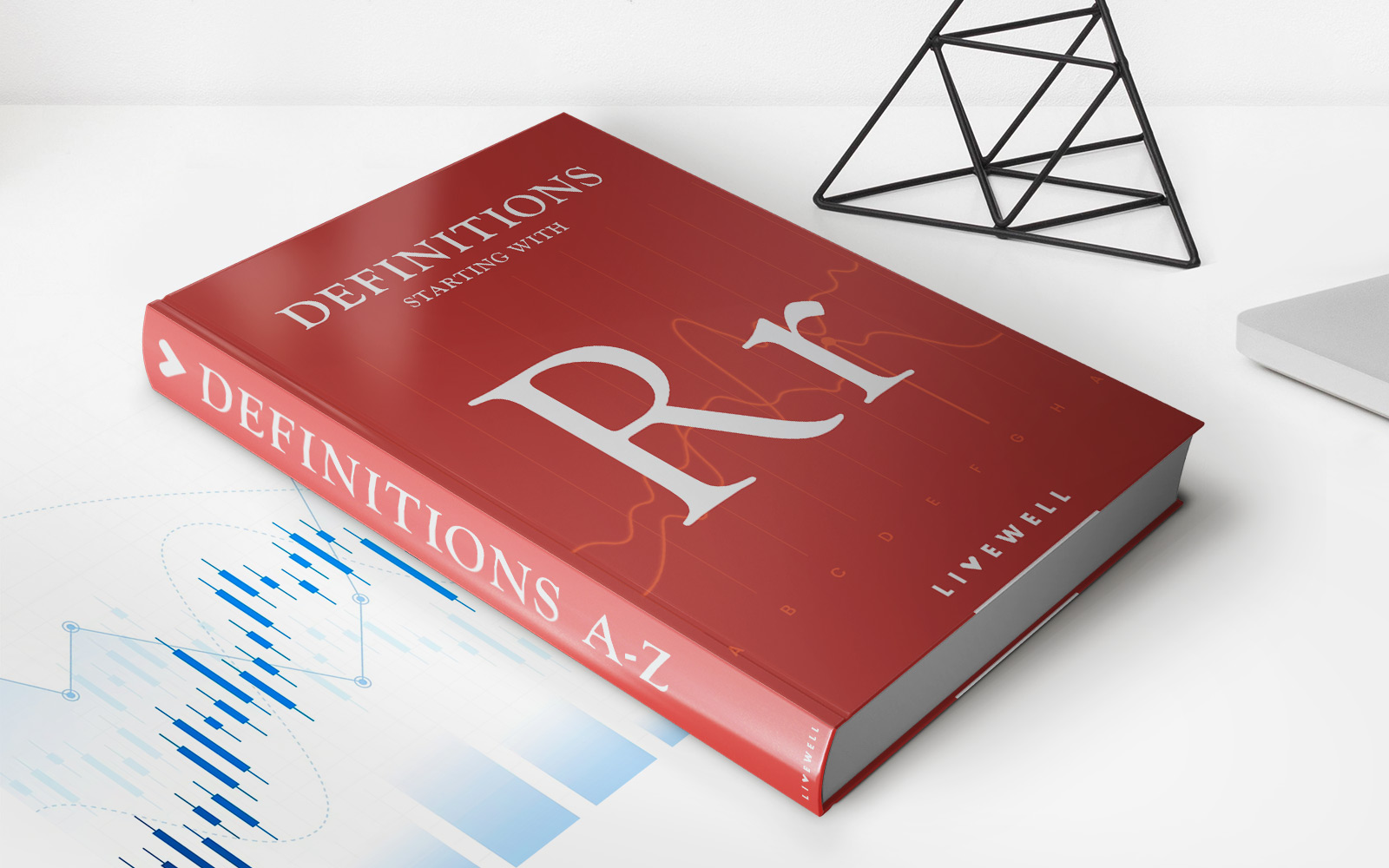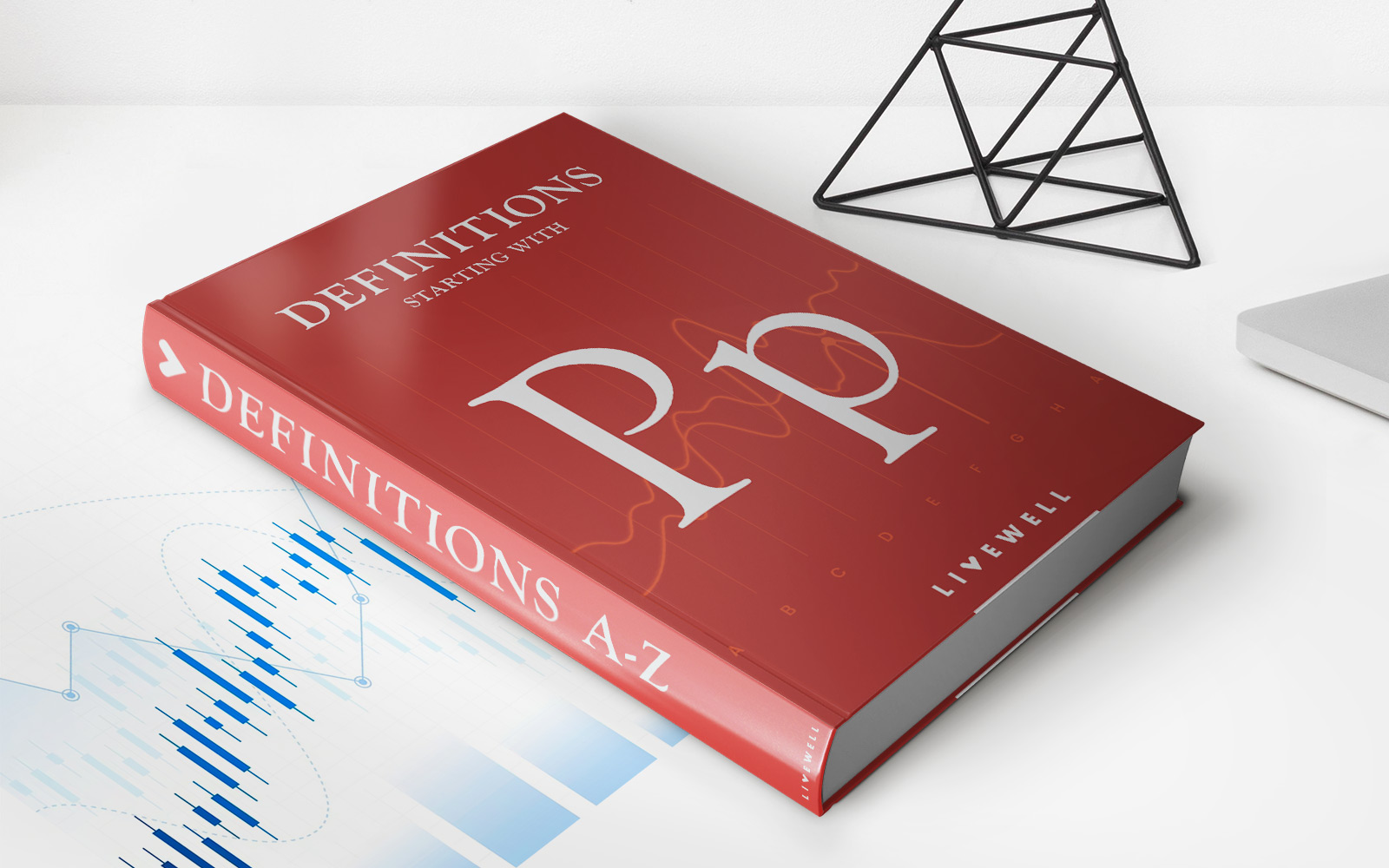Home>Finance>Share Class: Definition, How Rights Work, Features, And Example
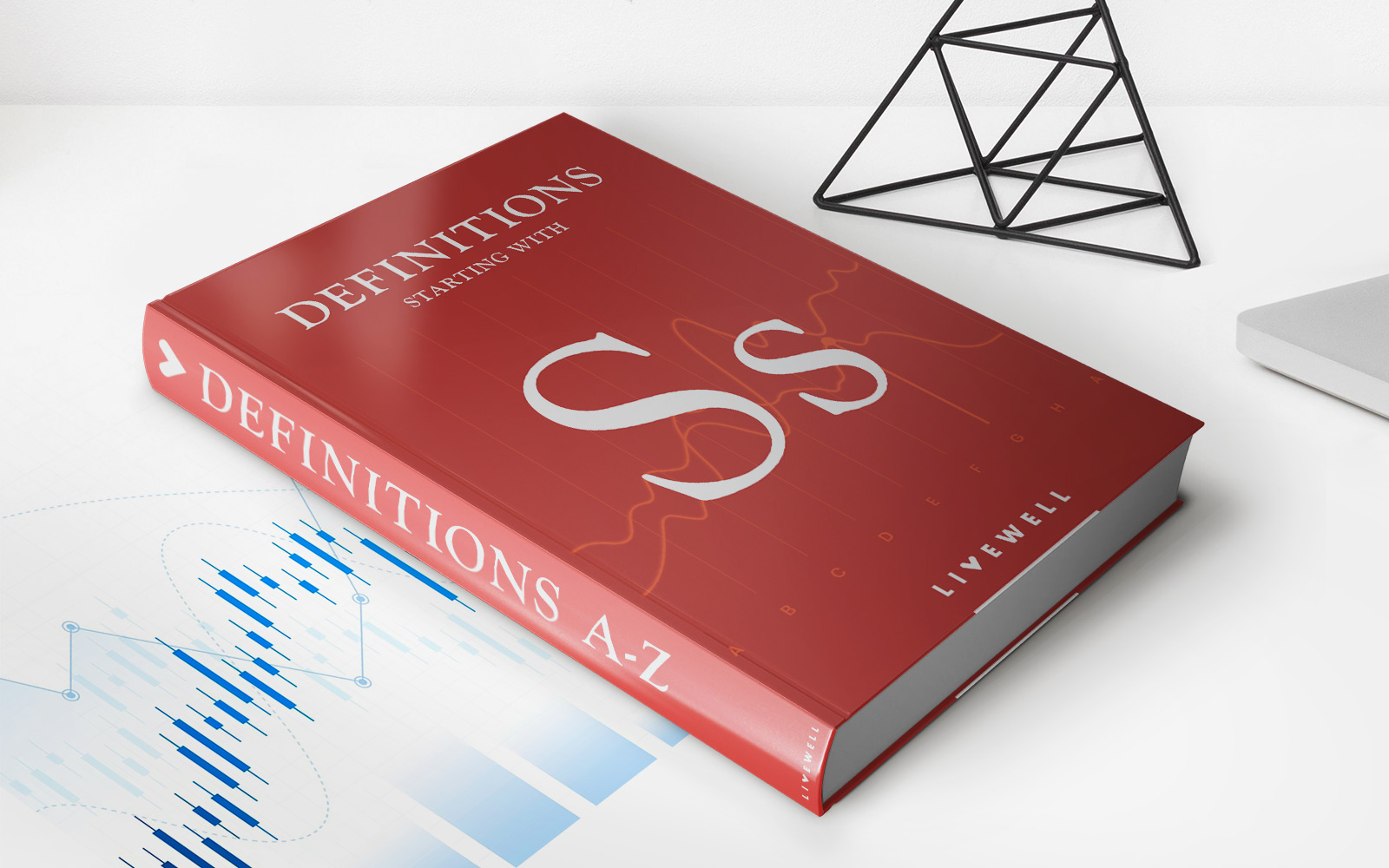

Finance
Share Class: Definition, How Rights Work, Features, And Example
Published: January 28, 2024
Learn about share class definition, how rights work, key features, and see an example in finance. Expand your knowledge in this important aspect of investing.
(Many of the links in this article redirect to a specific reviewed product. Your purchase of these products through affiliate links helps to generate commission for LiveWell, at no extra cost. Learn more)
Share Class: Understanding the Basics
Welcome to our expert guide on share class! If you’re new to investing or looking to expand your knowledge, you might have come across the term “share class” and wondered what it means. Well, you’ve come to the right place. In this article, we’ll provide a comprehensive definition of share class, explain how its rights work, discuss its key features, and provide an example to help clarify its usage. So, let’s dive in!
Key Takeaways:
- A share class is a specific category or type of mutual fund or exchange-traded fund (ETF).
- Each share class represents a different set of rights, expenses, and minimum investment requirements.
Understanding Share Class
A share class refers to a specific category or type of mutual fund or exchange-traded fund (ETF). Each share class represents a different set of rights, expenses, and minimum investment requirements. The different share classes within a fund are typically identified by a letter. For example, Class A, Class B, Class C, and so on. Now, let’s take a closer look at how the rights of each share class work.
How Share Class Rights Work
The rights associated with each share class can vary based on several factors. Here’s an overview of how share class rights typically work:
- Voting Rights: Voting rights allow shareholders to participate in corporate governance. Different share classes may have varying degrees of voting rights. For instance, Class A shares may have full voting rights, while Class B shares may have limited or no voting rights.
- Expense Ratios: Expense ratios represent the annual fees charged by the fund. Each share class may have different expense ratios. Class A shares, for example, may have a higher expense ratio due to upfront sales charges, while Class C shares may have higher ongoing expenses but no upfront charges.
- Minimum Investment: Share classes may also have different minimum investment requirements. Class A shares, for instance, may require a higher minimum investment compared to Class B shares.
- Redemption Fees: Some share classes may be subject to redemption fees, which are charges incurred when an investor sells their shares. This helps discourage short-term trading and excessive buying and selling.
Features of Share Class
Now that you understand the basics of share class and how its rights work, let’s explore some of its key features:
- Flexibility: Share classes offer investors the flexibility to choose the option that aligns with their financial goals and investment strategies. Different share classes may appeal to different types of investors based on their investment objectives and risk tolerance.
- Accessibility: Share classes provide investors with access to a wide range of investment opportunities that may otherwise be unavailable to them. By offering different share classes, fund providers can cater to a broader investor base.
- Transparency: Share classes promote transparency by clearly disclosing the rights, expenses, and minimum requirements associated with each class. This allows investors to make informed decisions based on their individual needs.
An Example of Share Class
Let’s consider an example to illustrate the concept of share class further. Company ABC offers a mutual fund with multiple share classes:
- Class A: Requires a higher minimum investment, has lower expense ratios, and grants full voting rights.
- Class B: Requires a lower minimum investment, has higher expense ratios, and charges a redemption fee for shares held for a short duration.
- Class C: Has no minimum investment requirement, charges higher annual expenses, and does not have voting rights.
In this example, investors can choose the share class that best matches their investment preferences and financial situation.
Now that you have a solid understanding of share class, you can confidently navigate the world of mutual funds and ETFs. Remember that each share class represents a different set of rights, expenses, and minimum investment requirements. Take the time to evaluate your own investment goals and strategies to make an informed decision when choosing a share class. Happy investing!


